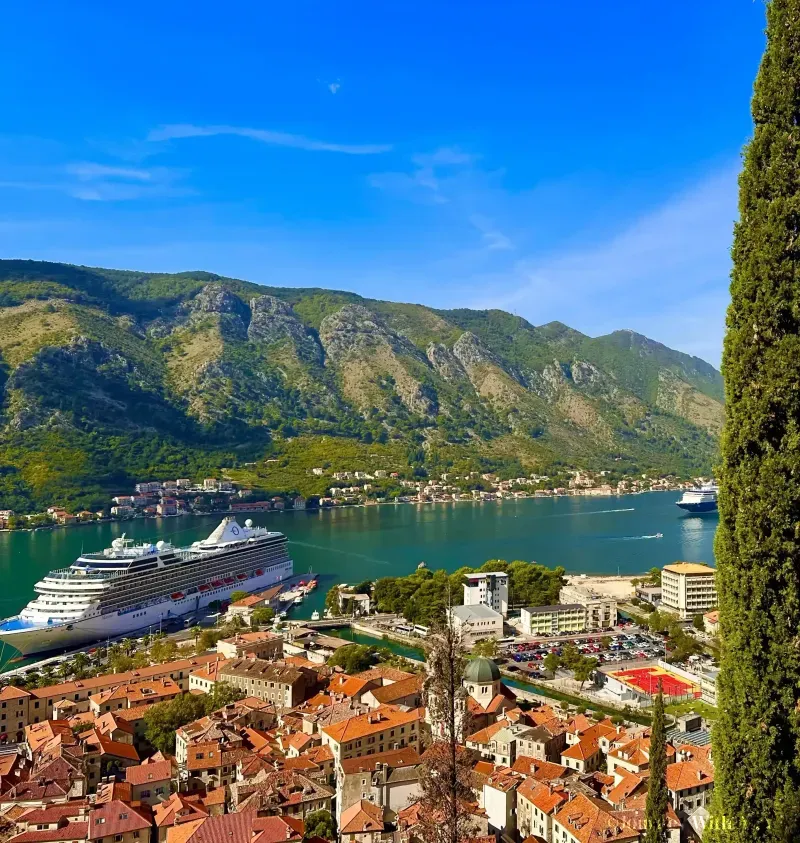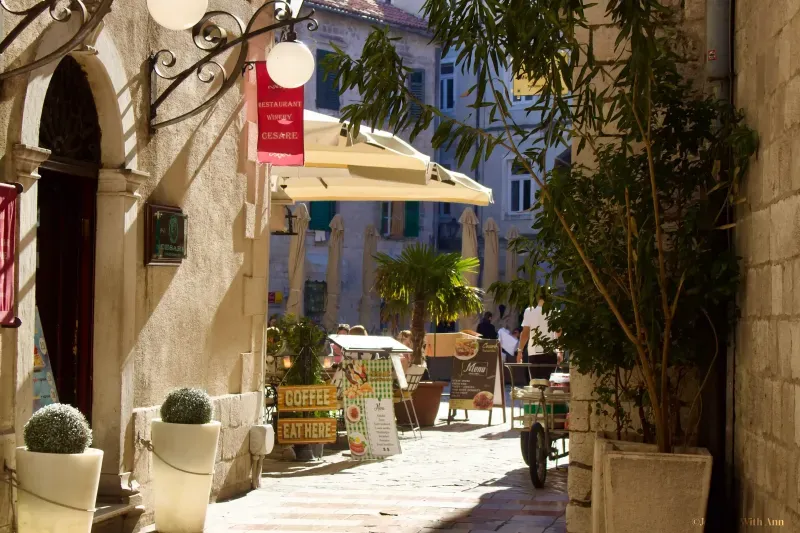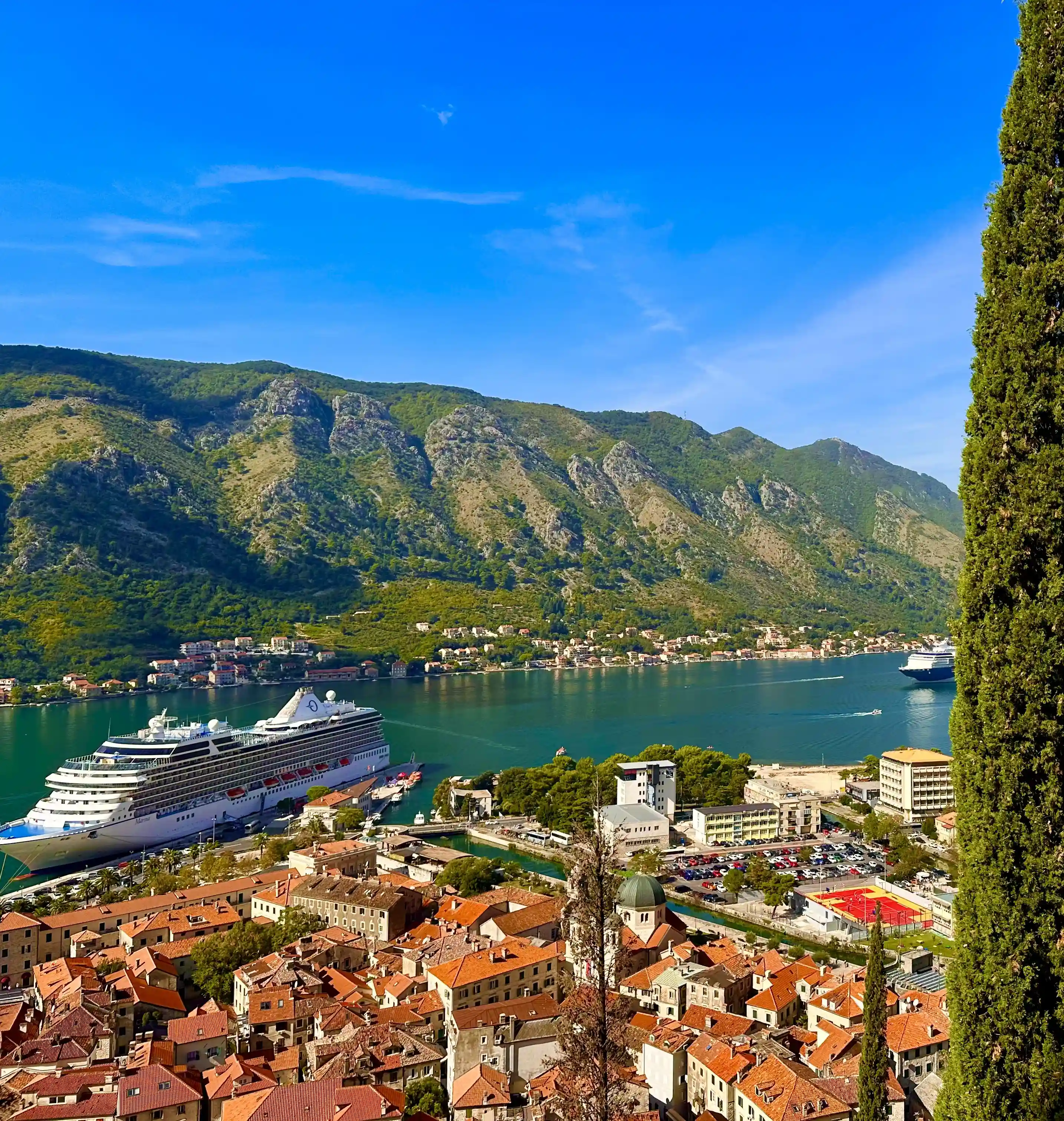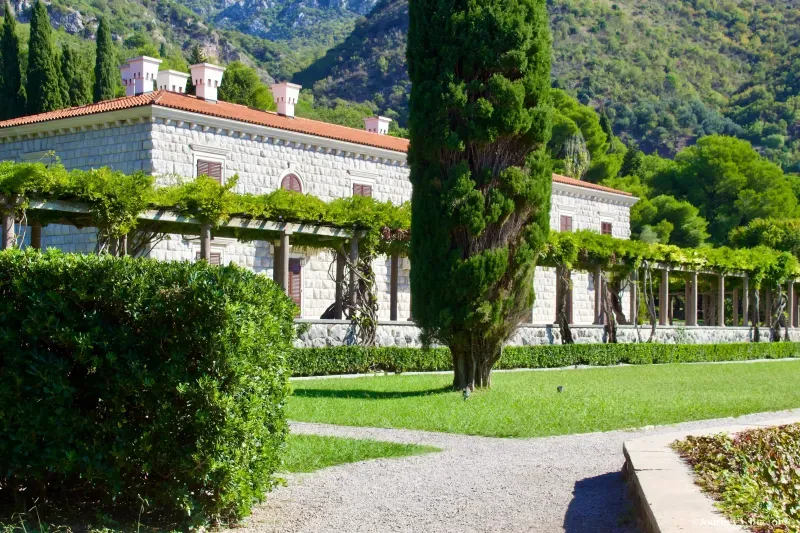Natural Beauty
Both countries boast remarkable natural beauty. Croatia's coastline stretches over 1,800 kilometers, featuring more than a thousand islands, crystal-clear waters, and diverse landscapes ranging from pebbly beaches to lush forests. The Plitvice Lakes National Park, with its 16 terraced lakes joined by waterfalls, is a UNESCO World Heritage site and a testament to Croatia's natural wonders. Montenegro, while smaller, offers equally breathtaking landscapes but with its own unique features. The Bay of Kotor, resembling a fjord, is also a UNESCO World Heritage site and provides stunning seaside views alongside medieval towns. Montenegro's interior is home to dramatic mountains, like those in Durmitor National Park, offering skiing in winter and hiking in summer.

Cultural and Historical Attractions
Croatia's rich history is visible in its Roman ruins, medieval towns, and Venetian architecture. Dubrovnik is famous for its well-preserved historic district surrounded by massive stone walls. Split is renowned for the Diocletian's Palace, an ancient palace built for the Roman Emperor Diocletian. Montenegro's history is equally fascinating, with its blend of influences from the Roman, Byzantine, Venetian, and Ottoman empires. Kotor's Old Town is a beautifully preserved example of medieval architecture, and the Ostrog Monastery, perched high in the mountains, is a site of pilgrimage and a testament to the country's religious heritage.

Beaches and Coastal Life
Croatia is famous for its beaches, with Hvar and Brac being among the most popular destinations for sun-seekers. The country's long coastline and islands offer numerous spots for swimming, sailing, and diving. Montenegro's coastline may be shorter, but it's home to some spectacular beaches, such as Jaz Beach and the picturesque Sveti Stefan. Budva is known for its vibrant nightlife and beautiful beaches, making it a hotspot for younger travelers.

Cuisine
Croatian cuisine is a blend of Mediterranean and Slavic influences, featuring seafood, olive oil, truffles, and wine from its coastal regions, along with hearty dishes such as goulash and sausages from the interior. Croatia's wine regions, like Istria and Dalmatia, produce some excellent wines that are gaining international recognition. Montenegrin cuisine shares similarities with Croatian, offering fresh seafood along the coast and hearty, meat-based dishes inland. Montenegro is also known for its Negushi prosciutto and cheeses, as well as Vranac wine, a must-try for wine enthusiasts.

Value for Money
Both Croatia and Montenegro offer good value for money, though Montenegro is generally considered to be the more affordable of the two. Accommodation, food, and activities can be less expensive in Montenegro, making it a great option for budget-conscious travelers.
Conclusion
Choosing between Croatia and Montenegro comes down to what you're looking for in a vacation. If you're after a wider variety of islands, historical cities, and a more established tourist infrastructure, Croatia might be the better choice. On the other hand, if you prefer a more compact country with a mix of stunning landscapes, historical sites, and a slightly less crowded experience, Montenegro could be the ideal destination. Both countries offer rich cultural experiences, beautiful natural landscapes, and a warm welcome, making them excellent choices for an Adriatic adventure.


